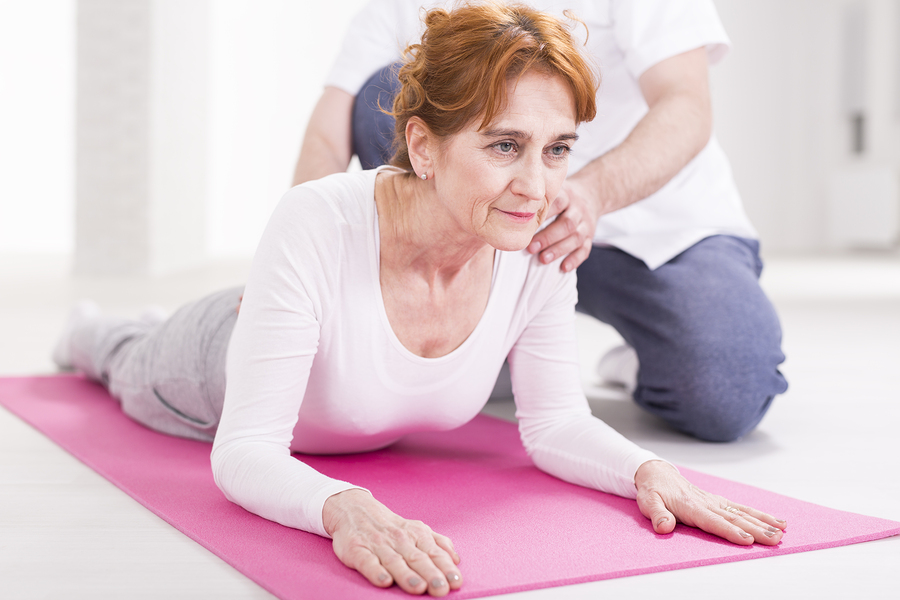Deal with it while it’s minor. Don’t let it go until it really hurts.
Of course, if you have an accident and you’re suddenly in pain, that’s not an option. But many joint complaints come on over time.
Trouble is, we often don’t nip them in the bud. It’s easy to carry on in the hope that it goes away, because heck, we’re way too busy to do something about it.
Or we put it down to old age and assume there’s not much we can do about it anyway.
There’s also a tendency to go to the nearest treatment outlet, and if that doesn’t fix it quickly, to give up.
So start with a dose of patience and TLC. It might take time and some inconvenience to sort this out.
Sometimes a joint grumbles because it’s overloaded. That can happen if you do either too much or a lot of one-sided activity.
Injuries can be another source of this. For example, you kicked your foot and you’re limping. Two weeks later you have a sore hip on the other side because it’s been picking up the slack.
While it’s not uncommon that our left and right sides aren’t identical, thanks to old habits or injuries, if the difference is marked enough to cause problems, it’s smart to do what we can to reduce the imbalance before it creates another problem.
It’d be excellent if we could all go back a few decades and have someone teach us how to use our bodies better. But no one modelled how to bend or stand properly.
A couple of months ago I wrote about which muscles to use walking up and down stairs. It’s important that we’re using the right ones in everyday movement, but again no one taught us to do that.
What a lot of us were taught was a relentless work ethic and constant busyness. So in addition to not learning how to hold ourselves or move well, we’ve possibly hammered our bodies.
Meanwhile we might’ve also gone to yoga and done a ton of back bends, or to aerobics and strained our way through a bazillion crunches. We thought we were doing a good thing but somehow our discs are a tad worn now.
We carried children on one hip and tossed heavy handbags over one shoulder. We clomped about in high heels. Maybe all at once.
You get the idea. Most of us haven’t known how to treat our bodies with care. But what matters is that we can still intervene.
Posture can contribute to damaged tissues of all types, but it’s never too late to learn how to improve it. We all need a stable core, and it’s never too late to develop that. And to get stronger all over.
If you have a persistent niggle, see a practitioner who can help get to the bottom of it. You might need to strengthen weak muscles or correct actions that are doing you a disservice.
In addition, if we’re as active as we need to be to put ourselves on track for a healthy and independent old age, we need a therapist or two up our sleeve — physios, masseurs, osteopaths and the like. Active bodies, especially older ones, need maintenance.
That requires a level of financial capacity which many older women don’t have. But if you can, make the effort.
Cranky joints will eventually cause us more grief if we let them go. A bit of patience, TLC, time and inconvenience now is a clever investment.
Photo Source: Bigstock

